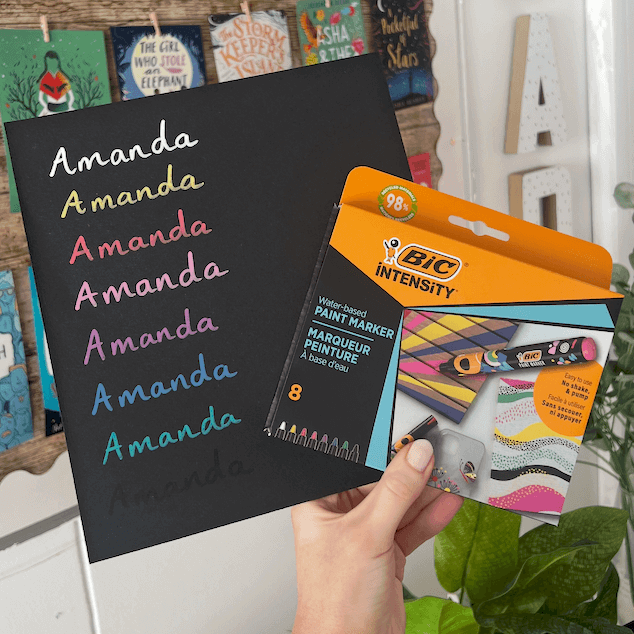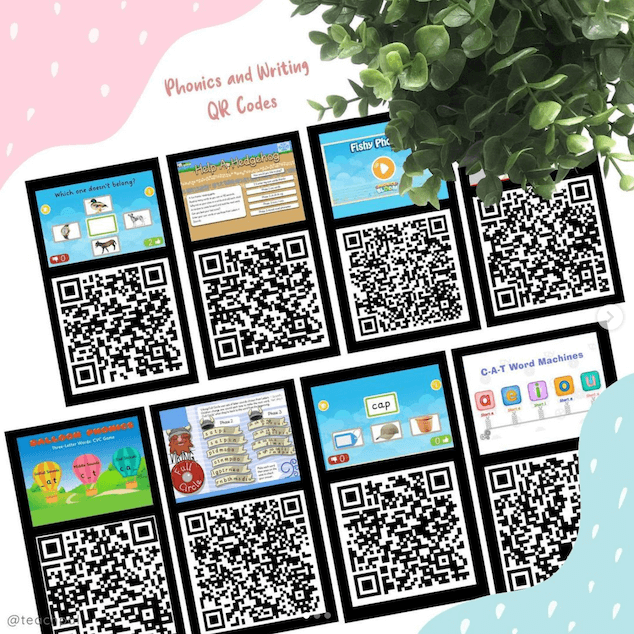Brief summary
Chaya has good intentions when she steals the Queen’s jewels, but she couldn’t have forseen the unintentional consequences her actions set into motion. One act of rebellion to help someone in need, might just upturn her whole society.
My comments
The Girl Who Stole an Elephant delves into power, corruption and the dynamics of class systems. But it goes further into the nature of right and wrong and the importance of not judging a book by its cover. In this story, the main protagonist is in many ways hard to like; she can be brash, she puts the people closest to her in danger, and of course, she steals. But her heart is in the right place, and her outwardly hostile actions are, under the surface, learned behaviours that serve to protect people who have no one else to look out for them. Running throughout the book is a strong theme of friendship, particularly how it can manifest itself in many different ways. Each of the main characters, including the elephant, have a different reason for needing or wanting a deep emotional connection with someone else, and they therefore each show a different facet of the nature of friendship.
Nizrana Farook has done a fantastic job of painting a vivid picture of Serendib, her setting descriptions dancing from the page with rich eloquence. The animals the characters encounter in the jungle feel tangibly real, and they all add to the story rather than act as distractions, and her choice of narrative style works wonderfully here; at no point does it feel like you’re looking through a window at the characters. Instead, you’re right in the middle of the action, going into the water with the characters and watching leeches hanging off your own legs.
In particular though, Nizrana Farook’s descriptions of food are fantastic, and they feature regularly throughout the story, acting as a central point of discussion and nurture. When teaching setting descriptions to my class, I use ‘www.sc’ (where, when, weather, senses and character interactions) as a way of remembering some key aspects to include. Children tend to focus on sight when thinking about the senses, and then perhaps sounds. Taste and smell are too often overlooked, and its such a shame as in reality they are such powerful senses, easily capable of transporting us across the world in an instant. The Girl Who Stole an Elephant would therefore be incredibly useful when teaching writing to a class, as it shows the children how they too can incorporate things like food in their own writing to increase depth and realism.
Around them birds sang, a cacophony of raucous sounds. The wind whistled through giant trees and a flying squirrel soared through the air and scuttled up a branch.
Nizrana Farook
There are three strong characters (four if you count the elephant), and they each have completely different personality traits that feel fully realised. Throughout the book we see character development as we would expect from ‘the hero’s journey’, but there are also elements of traditional folk tale character structure in which characters remain static. In this sense, it could be argued that Nizrana Farook has created very believable characters; in real life, people never fully change their entire personality, nor do they tend to remain truly static. Instead, we develop our character traits over time, with some things changing whilst other aspects remain fixed.
The Girl Who Stole an Elephant gets going very quickly, with the story starting right in the middle of the action. Nizrana Farook keeps this pace up throughout the entirity of the book, making it great for reluctant readers who might be inclined to put a book down if it starts to slow down. Furthermore, the chapters are short and fast, and you find yourself moving through them very quickly. This is makes The Girl Who Stole an Elephant a fantastic book to have in class; often, books that can keep reluctant readers entertained, do so with the trade-off of having easier to access vocabulary and more outlandish settings. Instead, Nizrana Farook has crafted a story that through intense pace can keep children reading, whilst providing them with a repertoire of strong vocabulary and powerful setting descriptions that will benefit them directly in their own writing.
Class comments
When reading a book to my class, I’m always thinking ahead to where to stop so that the children will be hooked for the next day. In this book, the chapters are usually left in such a way that they naturally do this. I’m looking forward to adding this book to my class library in August, and will update this section when a few of the children have read it.
Themes
- The nature of right and wrong.
- The nature and value of friendship.
- Power, corruption and the dynamics of class systems.
- Courage, overcoming fears and standing up for what you believe in.
- The importance of not judging a book by its cover.
Curricular links
- Jungles and rainforests.
- Sri Lanka (comparative country study).
- Growth mindset (health and wellbeing).
Points to consider in class
- Chaya steals on multiple occasions, although this is always shown as a Robin Hood-esque act rather than nefarious.
- Brief mention of someone swearing, although the words are not actually said.
- Chaya lights and throws fireworks.
- A child character is briefly imprisoned.
- Prisoners are abruptly freed, although it’s quite possible that due to the dynamics of the society, they were imprisoned without good reason.
- A prison guard strangles a child to the point of almost suffocating them.
- Chaya pushes Nour into a river, not knowing that she can’t swim.









